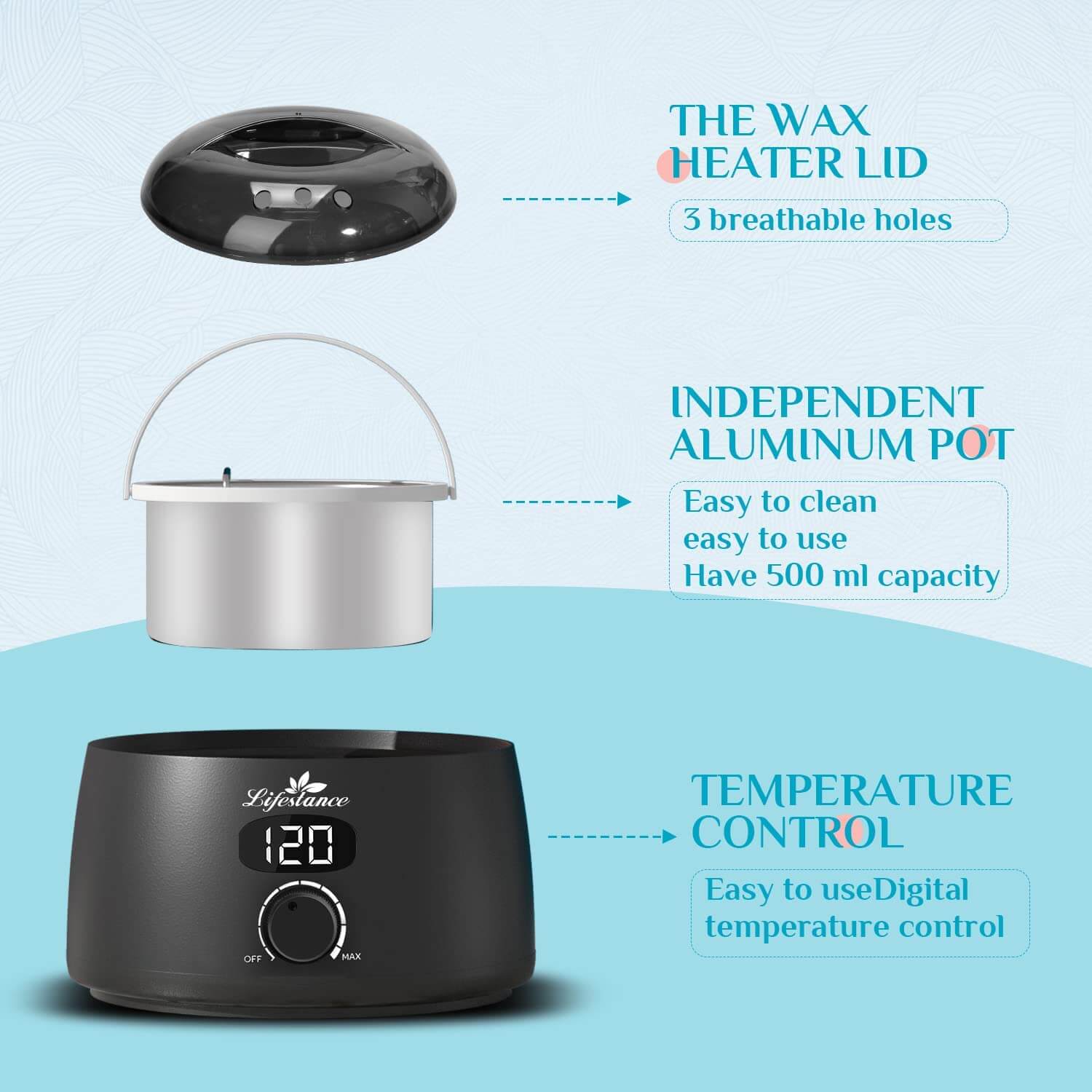
How to deal with difficult customers?
Navigating the Challenges of Difficult Clients: A Comprehensive Guide
As professionals, we often face the challenge of working with difficult clients. Whether it's dealing with unreasonable demands, disrespectful behavior, or clashing personalities, these situations can be stressful and impact our productivity and well-being. In this comprehensive guide, we'll explore various types of difficult clients, strategies for managing them effectively, and tips for maintaining your sanity and professionalism in the face of adversity.
Types of Difficult Clients
Before we dive into strategies for dealing with difficult clients, it's essential to understand the different types of challenging behaviors you may encounter:
1. The Unreasonable Demander
These clients have unrealistic expectations and make constant demands that are often outside the scope of your agreement or expertise. They may expect you to work around the clock or deliver results that are simply not feasible.
2. The Disrespectful Communicator
Some clients lack basic manners and respect for your time and profession. They may be rude, condescending, or dismissive of your input and recommendations. In extreme cases, they may even resort to verbal abuse or threats.
3. The Indecisive Micromanager
These clients constantly change their minds, second-guess your decisions, and want to be involved in every aspect of the project. They may also provide vague or contradictory instructions, making it challenging to deliver consistent results.
4. The Non-Communicative Client
On the other end of the spectrum, some clients are completely absent or unresponsive. They may take days or even weeks to reply to your messages, leaving you in limbo and unable to progress with the project.
5. The Allergic or Histamine Reactor
In some cases, clients may have specific allergies or sensitivities that require special accommodations. For example, they may be allergic to certain materials or have a histamine intolerance that affects their dietary preferences. Failing to address these needs can lead to uncomfortable situations or even legal issues.
6. The Politically Charged Client
Political views can sometimes create tension in professional relationships. Clients with strong political leanings may expect you to share their beliefs or may become confrontational if they perceive you as holding different views.
Strategies for Managing Difficult Clients
Now that we've identified some common types of difficult clients, let's explore strategies for managing them effectively:
1. Set Clear Boundaries and Expectations
From the outset, establish clear boundaries and expectations regarding your availability, communication preferences, and the scope of your work. This will help prevent misunderstandings and give you a framework for addressing any issues that arise.
2. Communicate Proactively and Transparently
Regular communication is key to maintaining a positive working relationship with clients. Keep them informed about project progress, potential challenges, and any changes to the timeline or budget. Be transparent about your process and the reasoning behind your decisions.
3. Manage Expectations and Prioritize
When dealing with unreasonable demands, gently push back and help the client understand what is and isn't possible within the agreed-upon parameters. Prioritize tasks based on importance and urgency, and communicate this prioritization to the client.
4. Maintain Professionalism and Empathy
Even in the face of disrespectful behavior, it's crucial to maintain your professionalism and composure. Respond calmly and avoid escalating the situation. Try to understand the client's perspective and find common ground where possible.
5. Document Everything
Keep detailed records of all communications, agreements, and any issues that arise. This documentation can serve as evidence if you need to justify your actions or decisions, or if the client becomes litigious.
6. Set Consequences and Enforce Them
If a client repeatedly violates your boundaries or fails to meet their obligations, be prepared to set consequences and enforce them. This may include late fees, termination of the contract, or even legal action in extreme cases.
7. Seek Support and Mentorship
Don't hesitate to reach out to colleagues, mentors, or professional associations for advice and support when dealing with difficult clients. Sharing experiences and strategies can help you feel less alone and provide new perspectives on how to handle challenging situations.
8. Know When to Walk Away
In some cases, the best course of action may be to terminate the client relationship. If a client is consistently abusive, unreasonable, or unwilling to work within your boundaries, it may be time to end the engagement, even if it means forfeiting potential revenue.
Dealing with Allergic and Histamine Reactions
When working with clients who have specific allergies or sensitivities, it's essential to take proactive steps to ensure their safety and comfort:
1. Gather Information
Ask the client about their specific allergies or sensitivities, including the triggers, symptoms, and severity. This will help you identify potential risks and plan accordingly.
2. Implement Accommodations
Based on the client's needs, make necessary accommodations, such as using hypoallergenic materials, providing a scent-free environment, or offering alternative food options. Communicate these accommodations clearly to your team and ensure they are consistently followed.
3. Have a Plan in Place
Develop an emergency action plan in case the client experiences an allergic or histamine reaction. This should include having appropriate first-aid supplies on hand, identifying nearby medical facilities, and ensuring team members are trained in basic emergency response procedures.
4. Be Sensitive and Respectful
Approach the situation with empathy and understanding. Avoid making assumptions or judgments, and be respectful of the client's needs and preferences. Maintain open communication and be willing to make adjustments as necessary.
Navigating Political Differences
When working with clients who hold different political views, it's essential to maintain professionalism and avoid letting personal beliefs interfere with the professional relationship:
1. Keep Politics Out of the Workplace
Establish clear guidelines that discourage the discussion of political topics in a professional setting. Focus on the work at hand and avoid engaging in political debates or expressing strong opinions.
2. Respect Differences
Acknowledge that people have different political views and that this diversity is normal and acceptable. Avoid making assumptions or judgments based on a client's political leanings, and treat them with the same level of respect and professionalism regardless of their beliefs.
3. Find Common Ground
Look for areas where you and the client share common goals or values, even if your political views differ. Focus on these shared interests and work together to achieve mutually beneficial outcomes.
4. Maintain Boundaries
If a client repeatedly tries to engage you in political discussions or makes inappropriate comments, politely redirect the conversation back to the professional context. Maintain clear boundaries and avoid getting drawn into heated debates.
Conclusion
Dealing with difficult clients is an inevitable part of any professional career. By understanding the different types of challenging behaviors, implementing effective strategies for managing them, and maintaining your professionalism and well-being, you can navigate these situations with confidence and success.
Remember, the key to working with difficult clients is to maintain clear boundaries, communicate proactively, and prioritize your own mental health and professional integrity. Don't be afraid to seek support from colleagues, mentors, or professional associations when needed, and know when to walk away from a client relationship that is no longer serving you or your business.
By following the strategies outlined in this guide and continuously learning and adapting, you can turn difficult client situations into opportunities for growth, both personally and professionally. Stay strong, stay focused, and never compromise your values or your well-being in the pursuit of success.
CONTINUE READING
Waxing Product
Why Choose Us
At Lifestance, we understand that everyone's hair removal needs are unique. That's why we offer a wide range of professional waxing kits to ensure that different skin types, body hair types and budgets are catered for. Whether you are a seasoned beauty professional or a first-time self-service waxer, we are committed to providing you with an exceptional product and service experience.
Safety and ComfortOur waxing products are made with natural and gentle formulas that have passed rigorous testing and certification to ensure that skin irritation is minimized. At the same time, our patented heating technology allows for precise temperature control, so you can enjoy a comfortable waxing experience.
Professional Quality Convenient and PracticalWhether you're a licensed esthetician or a homeowner, Lifestance has you covered. Our kits contain everything you need and are so easy to use that even beginners can master them. The quality of our products is outstanding, ensuring smooth, flawless skin.
Innovative ideas and serviceWe are constantly developing innovative technologies and formulas to provide our customers with an unprecedented hair removal experience. Whatever your questions or needs, our team of professionals is always on hand to provide you with personalized service and guidance.
When you choose Lifestance, you choose beauty, comfort, convenience and professionalism. We are dedicated to providing you with an exceptional hair removal experience that will help you look and feel your best.









































